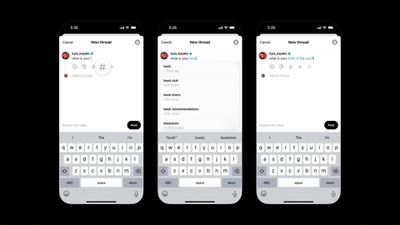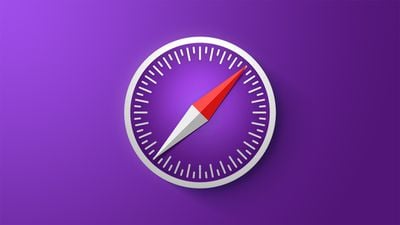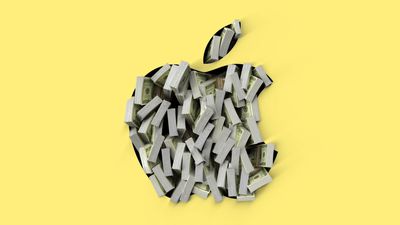The iPad lineup is getting a major overhaul in 2024, with Apple introducing two new iPad Pro models and two new iPad Air models. To go along with the new iPads, Apple plans to debut updated versions of both the Magic Keyboard and the Apple Pencil.
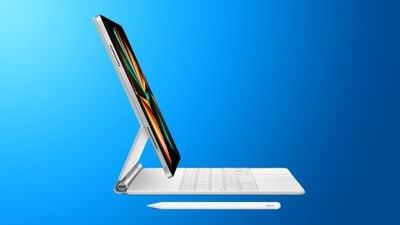
Magic Keyboard
Apple is overhauling the Magic Keyboard, introducing a sturdier frame that's made from aluminum rather than the more malleable polyurethane material that the current version is crafted from.
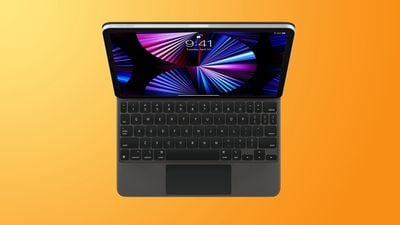
According to Bloomberg's Mark Gurman, the aluminum design will allow an iPad and Magic Keyboard combo to more closely resemble one of Apple's MacBooks, which are also made from aluminum.
The frame and the area around the keyboard will be made from aluminum, while the exterior shell will have the same silicone cover material. Apple also plans to implement a larger trackpad that more closely resembles the trackpad of the MacBook to better mirror the experience of typing on and navigating on a Mac.
With Apple planning to adopt more premium materials for the Magic Keyboard, there is a chance that it could be more expensive than the current version, which is priced starting at $299.
Apple makes the Magic Keyboard in two sizes at the current time, and the accessory comes in either black or white. There hasn't been word on whether color options will change.
In 2024, the iPad Air is expected to come in both 10.9 and 12.9-inch sizes, while the next iPad Pro will be sized somewhere around 11.1 inches and 13 inches. The Magic Keyboards that Apple has in the works will likely fit both the iPad Pro and the iPad Air, as the current 11-inch Magic Keyboard works for the 11-inch iPad Pro and the 10.9-inch iPad Air.
Apple Pencil
While Apple introduced a USB-C Apple Pencil in November that is technically the third Apple Pencil to date, it is considered a lower-end, more affordable Apple Pencil because it lacks key features like pressure sensitivity.
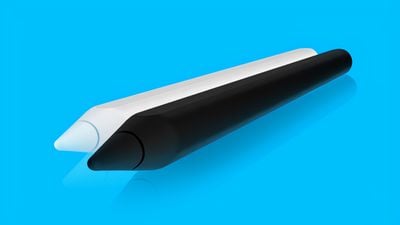
Apple is working on a "true" third-generation Apple Pencil that will be a full successor to the second-generation model. There have been a few Apple Pencil rumors over the last three years, but it's not entirely clear what we can expect or if what we've heard is accurate at this point.
In June 2020, leaker Mr. White said that the next-generation Apple Pencil would be available in black and white, but this rumor has not been repeated since. All Apple Pencil models to date have been white.
Leaker Majin Bu said in October that the Apple Pencil could feature interchangeable magnetic tips for different activities like drawing, painting, and technical sketches, but that rumor was in reference to the now-released USB-C Apple Pencil and it may have been inaccurate.
Apple in 2020 patented a color sensing technology that would let the Apple Pencil sample colors from the environment, and that would be an interesting addition, but we don't know if that functionality will make it into an Apple Pencil.
Launch Date
The iPad Air and the iPad Pro are expected to get a refresh in early 2024, right around the March timeframe, so we could see the new Magic Keyboard and Apple Pencil at the same time.
Apple is expected to hold a spring event to introduce the new iPads and possibly the accessories.


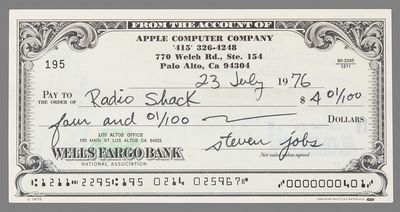


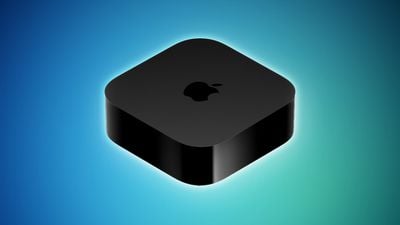
 Note: MacRumors is an affiliate partner with Amazon. When you click a link and make a purchase, we may receive a small payment, which helps us keep the site running.
Note: MacRumors is an affiliate partner with Amazon. When you click a link and make a purchase, we may receive a small payment, which helps us keep the site running.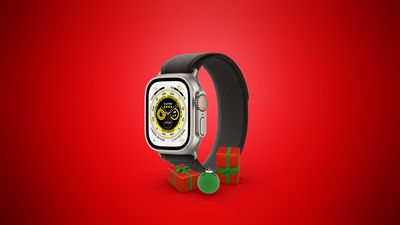
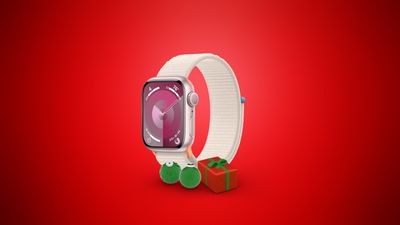
 Note: MacRumors is an affiliate partner with some of these vendors. When you click a link and make a purchase, we may receive a small payment, which helps us keep the site running.
Note: MacRumors is an affiliate partner with some of these vendors. When you click a link and make a purchase, we may receive a small payment, which helps us keep the site running.
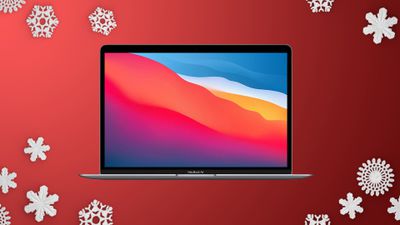
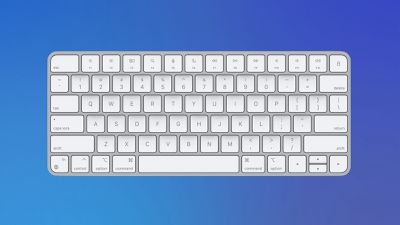
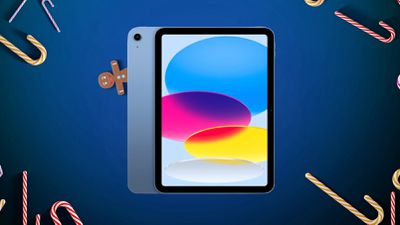 Note: MacRumors is an affiliate partner with some of these vendors. When you click a link and make a purchase, we may receive a small payment, which helps us keep the site running.
Note: MacRumors is an affiliate partner with some of these vendors. When you click a link and make a purchase, we may receive a small payment, which helps us keep the site running.